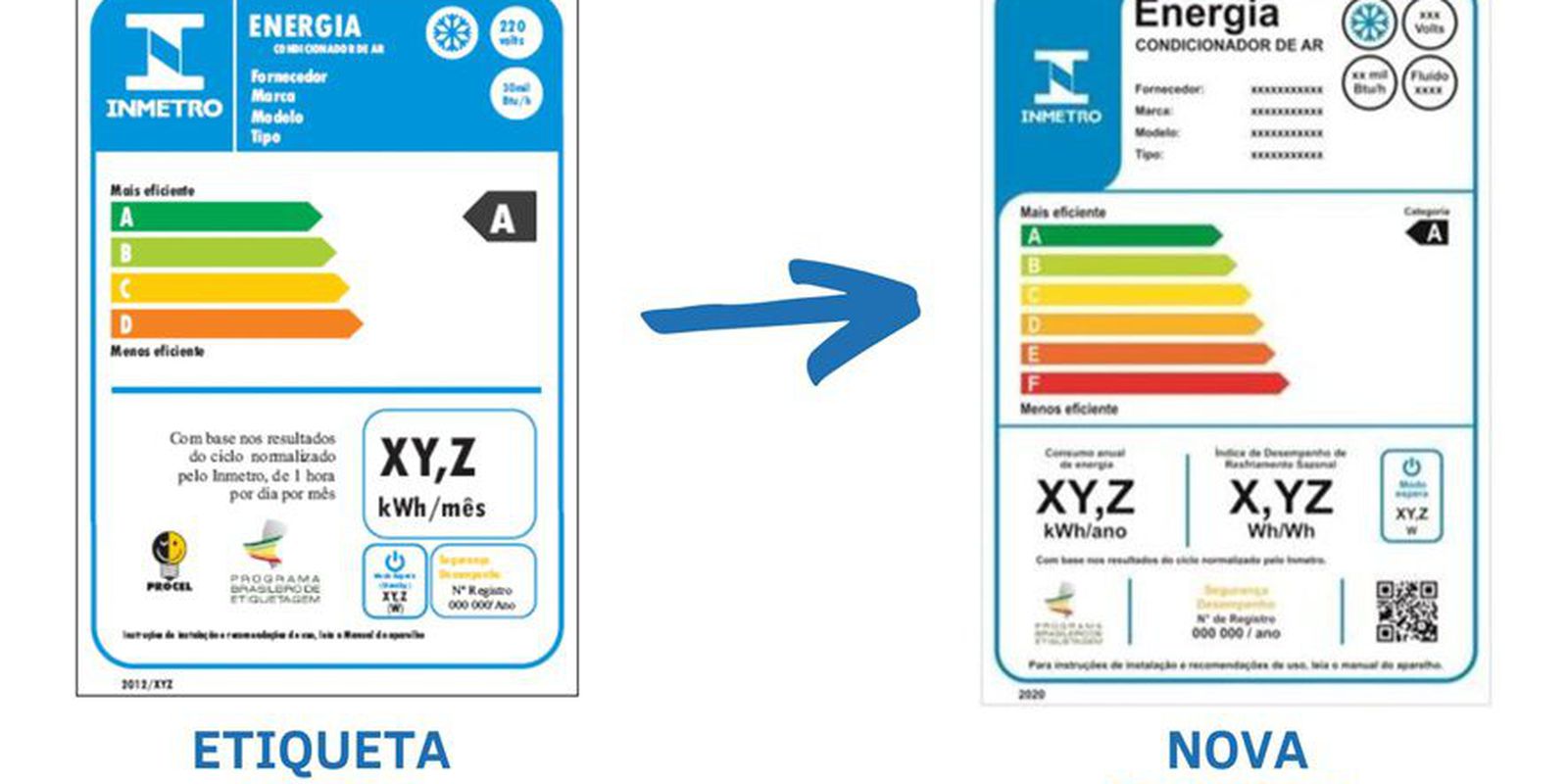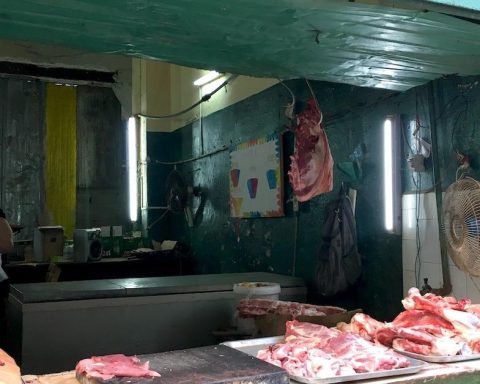All air conditioners manufactured from the 1st of this month must present the new label from the National Institute of Metrology, Quality and Technology (Inmetro), after changing the consumption metric of this equipment. The new label shows, among other advantages, how long the device is used per year. The equipment is rated from A to F, two letters more than on the old label, with the A rating being the most efficient.
The National Energy Conservation Label was created following Inmetro Ordinance No. 269 of 2021. Inmetro analyst Danielle Assafin, responsible for the Brazilian Labeling Program (PBE) for air conditioners, told Brazil Agency that a new technology was adopted, called reverse, to classify the appliances, following the world trend. According to Danielle, the reverse “it is the heart of the air conditioner, which pulsates and causes the refrigerant fluid to circulate inside the equipment”.
Depending on the external temperature, the use of the device by the consumer, the compressor will reach different speeds. “And that brings to the country a brutal economy of energy. In certain cases, manufacturer studies show that energy savings reach up to 60%”, said Danielle.
Benefits
According to Danielle, the new way of measuring the energy consumption of products is able to see the efficiency of the compressor reverse, and, in addition, it identifies how much air conditioning is used in the year. Before, it was considered a monthly cycle of energy consumption, assuming that the consumer would use the device for one hour a day. Not now. There is a table, created by Inmetro in partnership with the National Electric Energy Conservation Program (Procel), from Eletrobras, which tells how many hours the device is used in the year for each temperature.
The new criterion considers the energy consumption of the air conditioner and the consumption habits of Brazilians throughout the year. According to the previous criterion, only the full load test was carried out, but now more test points have been adopted so that it is possible to capture the seasonal performance.
In addition, a number of hours of use more consistent with the reality of consumers was used in the calculation. In the previous criterion, it was considered that the air conditioner operated only 30 hours per month; now 2,080 hours of use per year are considered, which leads to a much more realistic energy consumption result, shown on the label.
“We are able to measure the energy consumption of air conditioning more precisely, because there is more information on how many hours the device is used in the year”. For Danielle, the new method brings two benefits. The first is to allow a fairer calculation of how much compressor technology reverse can save energy. This was possible with the introduction of the partial load method.
Another advantage is that it considers, for calculating energy consumption, no longer a generic cycle, which used to be one hour per day per month, but per year. “Now, we start to consider how many hours the product is used for each temperature in Brazil, as well as the percentage of incidence of each temperature. This adds much greater precision to the calculation of consumption”. With the change in the label of the devices, the measured energy consumption becomes annual.
The second change concerns energy classes. Technical classifications have also become more rigorous. “To be level A, the product will need to be more efficient than it was before.”
Adaptation
The deadline for manufacturers to adapt to the new standard was until December 31 of last year. This means that only residential air conditioners up to 36,000 BTUs can be manufactured with the new label. Merchants will have until June 30, 2024 to adapt. Until then, the consumer will live with the two product classification labels.
Danielle Assafin states that the consumer should always purchase the most efficient product, which has an A rating. reverse demonstrably consumes less energy”. When there are several products with efficiency A, it is advisable to check other information on the label, which is the energy consumption. At the site of Inmetro, the consumer can consult the table with all the models and their participation in the new label. The new labels have a QR Code to access the base of products registered with Inmetro, which allows the consumer to consult and compare the energy efficiency of the equipment.
Support
The Inmetro analyst highlighted the support received from the Kigali Network throughout the label review process. Comprised of several institutions, the network aims to help change the energy consumption profile of air conditioners in Brazil, so that they are closer to international practices. For the coordinator of the Kigali Network, Rodolfo Gomes, the new label brings significant advances in relation to the previous model, in force for 14 years, with the adoption of a new energy efficiency performance standard and new energy efficiency indexes.
Rodolfo Gomes also highlighted the importance of change for the environment. More efficient equipment helps not only the population to save on the electricity bill, but also to reduce the amount of hydrofluorocarbons (HFCs), which are gases that cause the greenhouse effect, released into the environment.


















